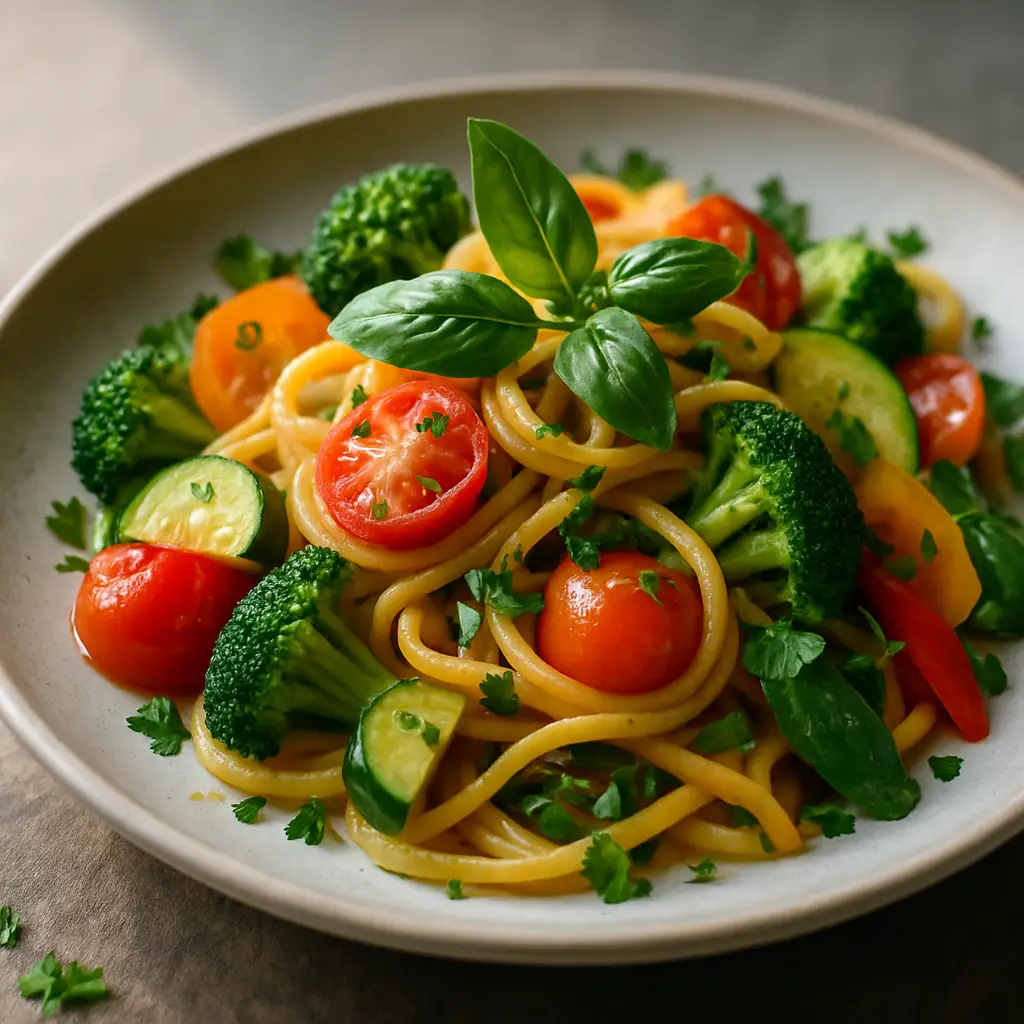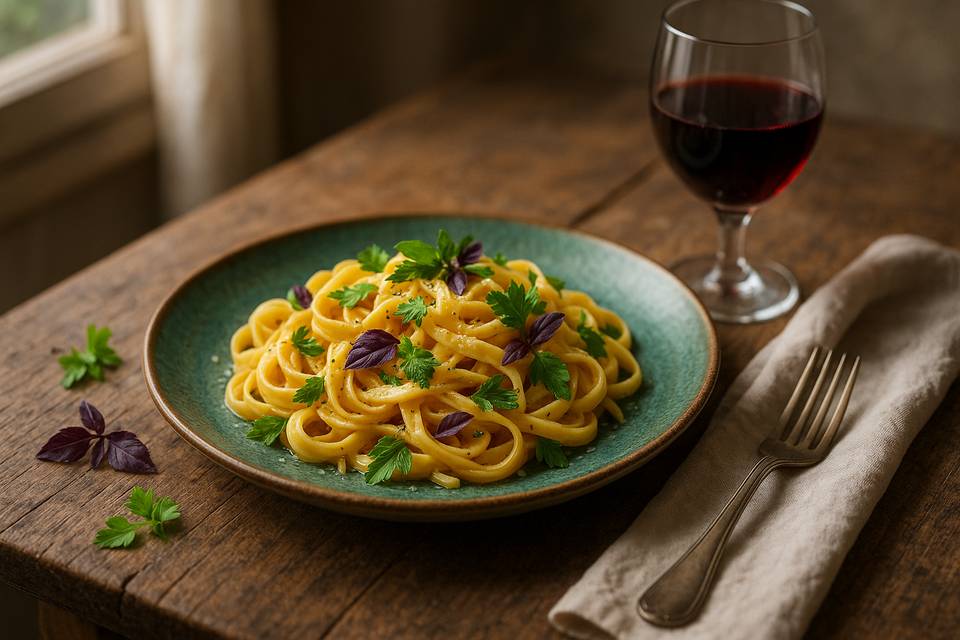Understanding the Importance of Food Photography
In the digital age, food photography is more than just a trend; it’s a necessity for anyone in the food industry. Whether you are a restaurant owner, food blogger, or a home cook looking to share your culinary creations, captivating visuals can help you:
- Attract attention on social media platforms.
- Increase engagement and shares.
- Drive sales through enticing imagery.
- Create a strong brand identity.
By mastering the art of food photography, you can elevate your dishes from mere meals to mouthwatering masterpieces!
1. Light It Right
Natural Light is Your Friend
Good lighting is crucial for any type of photography, but it’s especially important in food photography. Natural light can bring out the best in your dish, highlighting textures and colors. Here’s how to take advantage of natural light:
- Shoot near windows: Use indirect sunlight for a soft, diffused look.
- Avoid harsh direct light: This can create unflattering shadows.
Artificial Light Techniques
If shooting indoors without natural light:
- Use softboxes or LED panels.
- Consider light reflectors to bounce light onto your food.
2. Compose the Shot
Rule of Thirds
Dividing your frame into thirds, both vertically and horizontally, can guide you in placing your subject. Positioning important elements along these lines or intersections makes your image more dynamic.
Leading Lines
Use lines that draw the viewer's eye towards the food, such as utensils or the edges of a table.
Height Variations
Experiment with various angles:
- Eye level: Great for layered dishes.
- Top-down: Perfect for flat lays, especially with multiple elements organized attractively.
3. Use Props Wisely
Props can enhance your photographs by adding depth and complementing the dish:
- Choose colors and textures that enhance your food.
- Avoid clutter: Too many props can divert attention from the star of the show.
- Incorporate utensils and linens to add a storytelling element.
4. Play with Colors
Color Theory
Understanding complementary colors can take your food photography to the next level. For instance, vibrant greens from vegetables paired with earth-toned plates can create a striking contrast.
Seasonal Colors
Utilize seasonal produce to add freshness and color to your photos.
5. Focus on Textures
Get Close
Using a macro lens or a camera with a good zoom can help you capture the textures of your food:
- Highlight creamy sauces, crispy fried edges, and fresh herbs.
- Experiment with shallow depth of field to blur the background and emphasize the dish.
6. Styling Your Food
The Art of Food Styling
Before you hit the shutter button, ensure your food looks its best. Here are a few tips:
- Add garnishes: Fresh herbs or spices can make a dish pop.
- Sauces and drizzles: Limit them to the most eye-catching areas.
- Freshness is key: Use ingredients at their peak ripeness.
7. Capture the Process
Behind-the-Scenes Shots
Don’t just take photos of the final dish; document the cooking process too. These shots can tell a story and engage viewers:
- Preparing ingredients
- Cooking methods
- Plating techniques
Time-lapse Photography
Consider setting up a time-lapse capture of your cooking process. This technique can showcase the effort that goes into preparing your masterpiece.
8. Post-Processing Techniques
Editing Tools
Post-processing can dramatically improve your photographs. Here are essential editing adjustments:
- Brightness and Contrast: Obviously tweak these settings to finesse exposure.
- Color Balance: Ensure your colors appear natural and appetizing.
- Sharpness and Clarity: Enhance textures without overdoing it to avoid noise.

9. Create Context
Include the Environment
Capturing your dish in the context of its environment can enhance the story. For example:
- A coffee cup on a table during breakfast.
- A picnic scene with a basket and blanket.
Seasonal Themes
Showcasing food in seasonal contexts helps connect more with viewers. Fall dishes might be styled with pumpkins and autumn leaves, while summer creations could have beach elements.
10. Experiment and Learn
Try New Techniques
Don’t be afraid to think outside the box. Experiment with various styles and techniques:
- Dark and moody: Emphasizes depth.
- Bright and airy: Creates a light, fresh ambiance.
Learn from Others
Follow and study the work of renowned food photographers. Investigate what makes their styles unique and how you can incorporate elements of their techniques into your own work.
Mastering food photography is all about practice and creativity. Implementing these ten essential techniques can help you produce stunning images that sell not just food but the experience that comes with it. Ready to elevate your food photography game?
Try RestyleAI’s Food Photo Enhancer to turn your culinary creations into gourmet images that attract and engage!
